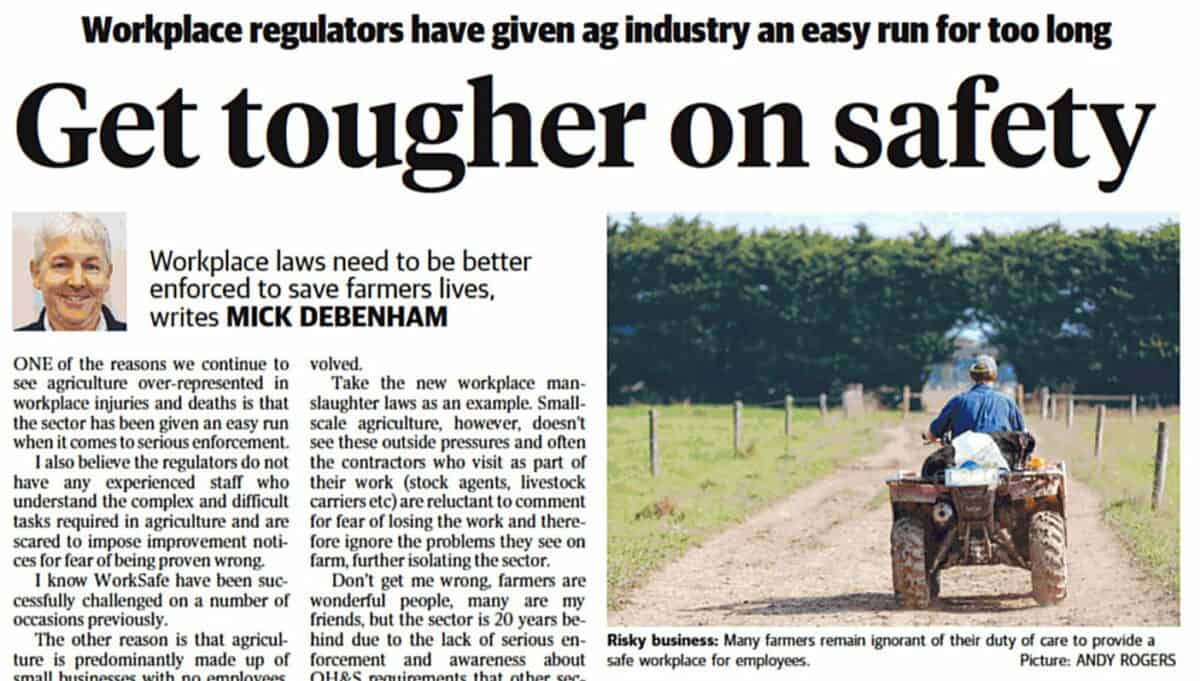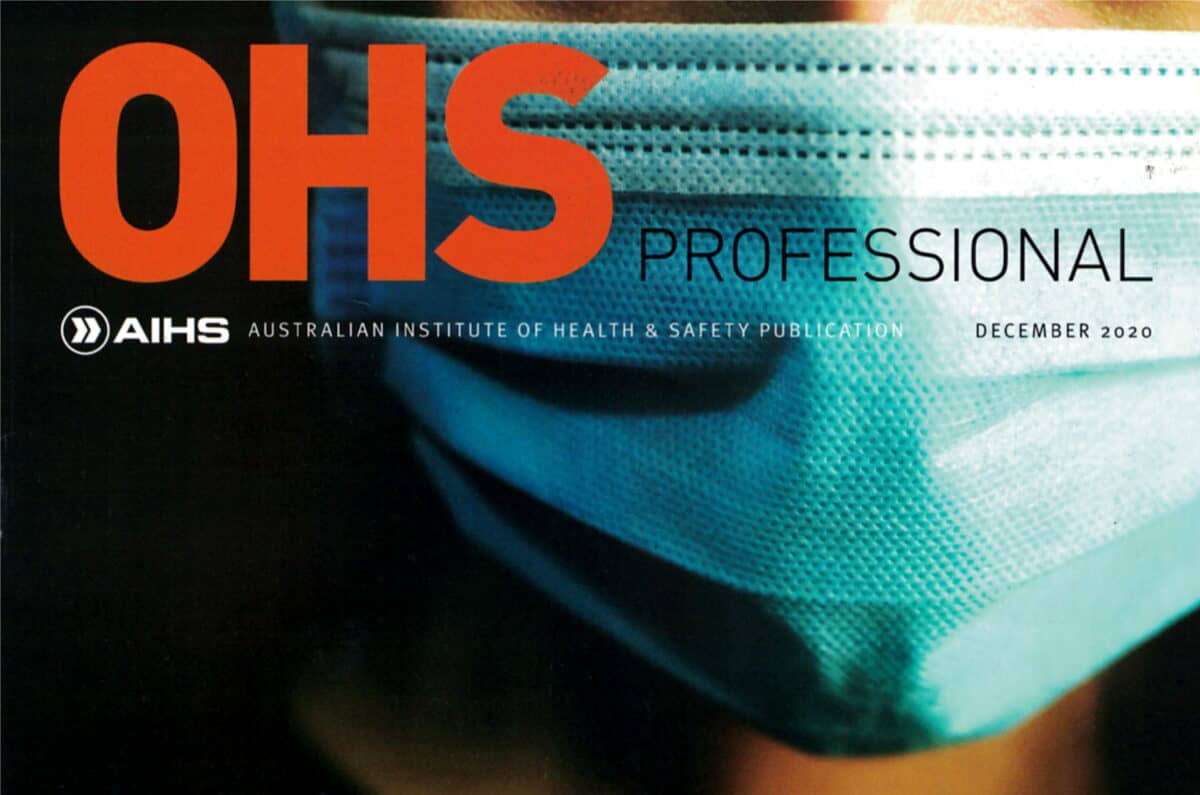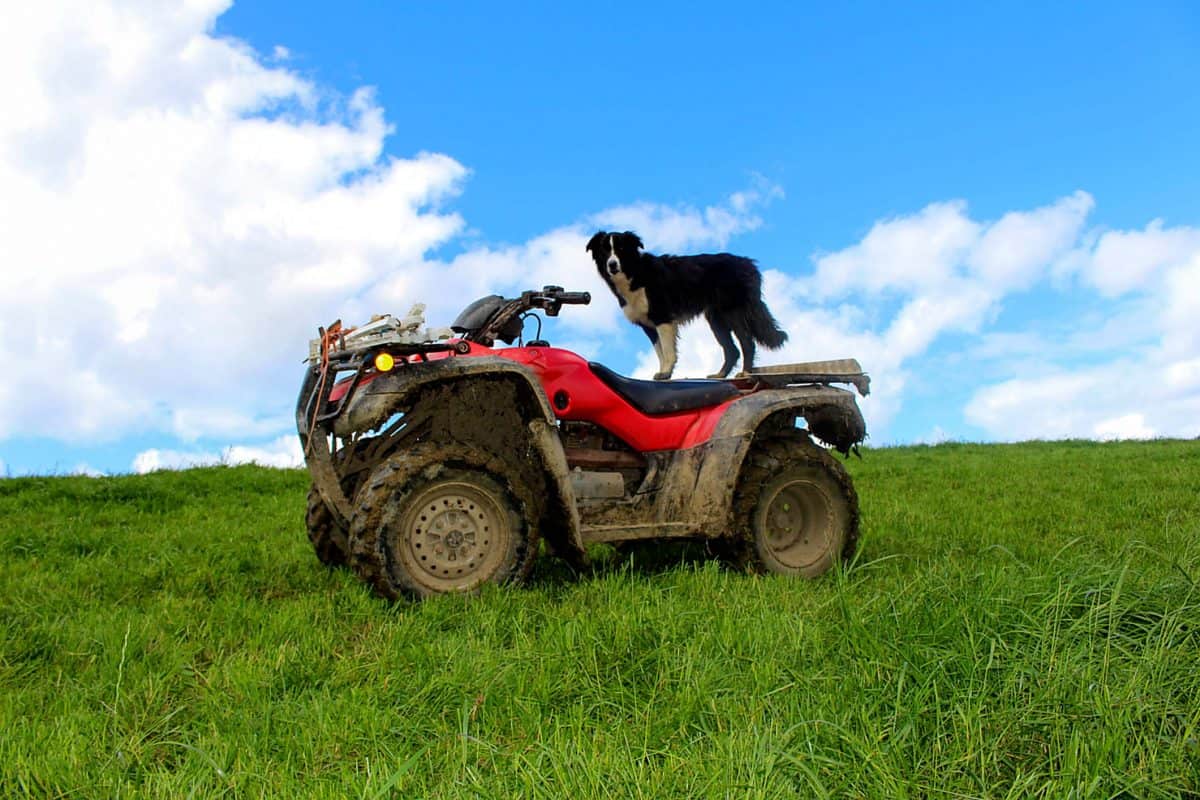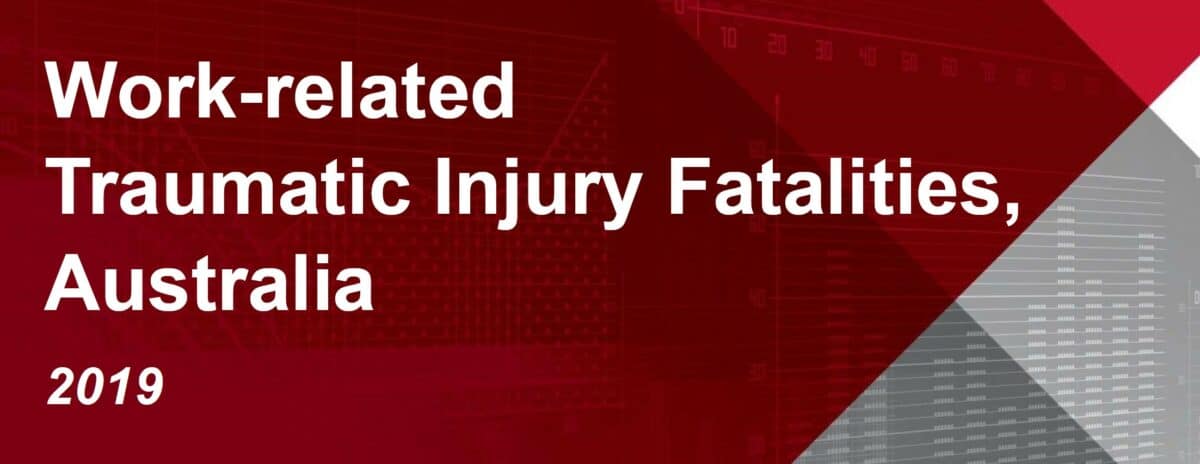One of the most difficult industries in which to achieve occupational health and safety (OHS) improvements is farming, especially in areas where farming continues to be done by small family units. The safety culture of farming is unique as the workplace is embedded in community and rural culture. Some people believe that OHS regulators have given the agricultural industry an easy run for too long, as stated by Mick Debenham in a recent opinion piece in The Weekly Times (paywalled), but farmers should perhaps ask themselves why people continue to die on their farms and what they can do to change this.
Category: agriculture
“exponential increase in mental injuries in the workplace” and other statements in a Victorian Parliament committee
Three years ago, WorkSafe Victoria indicated that it would consider prosecuting farmers for breaches of occupational health and safety (OHS) laws. That possibility seems to have disappeared based on the latest Minister for Workplace Safety’s appearance at the Public Accounts and Estimates Committee (PAEC).
Ingrid Stitt‘s appearance centred on questions related to the 2020-21 Budget Estimates and touched on Industrial Manslaughter, gig workers, mental health, and construction and farm safety.
Australian Safety Magazine continues to improve
The member magazine of the Australian Institute of Health and Safety (AIHS), OHS Professional, continues to improve in the quality of its articles – less advertorial, more authoritative articles. The current edition, December 2020, includes two particularly good articles- one on the manufacturers’ withdrawal of quad bikes in protest and another on psychological health and safety at work. This article will discuss the quad bike article.
The quad bike safety puzzle
According to The Weekly Times ($), the Victorian Farmers Federation has changed its stance on the fitting of operator protective devices (OPDs) to quad bikes at point of sale. Instead they want farmers to fit their own OPDs. The reason given for this change is reported as being
“… due to concerns many quad bike brands would no longer be available if manufacturers were forced to fit them.”
Fire Flood Plague OHS
2020 is a year of continuing social change, so a book of essays that reflects on 2020 seems a little presumptuous. But just because we are in a state of social flux does not mean we must wait for stability before examining the process of change.
This December Random House Penguin will publish “Fire Flood Plague“, a collection of essays from prominent Australian writers about what Tim Flannery calls the three catastrophes:
“…the unprecedented, climate-fuelled megafires that were extinguished by damaging, climate-influenced floods. Then, in March, the COVID-19 pandemic…..”
page 69-70
There are some parallels between how people responded to these disasters and how workplace safety and health is managed. But more than that, the essays provide an insight into how others feel about what is happening, and these writers’ thoughts will reflect the thoughts of those with whom we work, with those we are obliged to manage and with those whose physical and mental welfare we are obliged to improve.
Thanks, but we need more
Statistics are vital to any decisions about occupational health and safety (OHS). Safe Work Australia (SWA) does a great job providing statistical packages based on the data sources it can access. Last week SWA released its 2019 report on “Work-related Traumatic Injury Fatalities” which identified vehicle collisions as, by and large, the most common cause of worker fatalities. This category may be a surprise to many readers but perhaps the most important part of the report is what is omitted.
…. but quad bikes remain unsafe
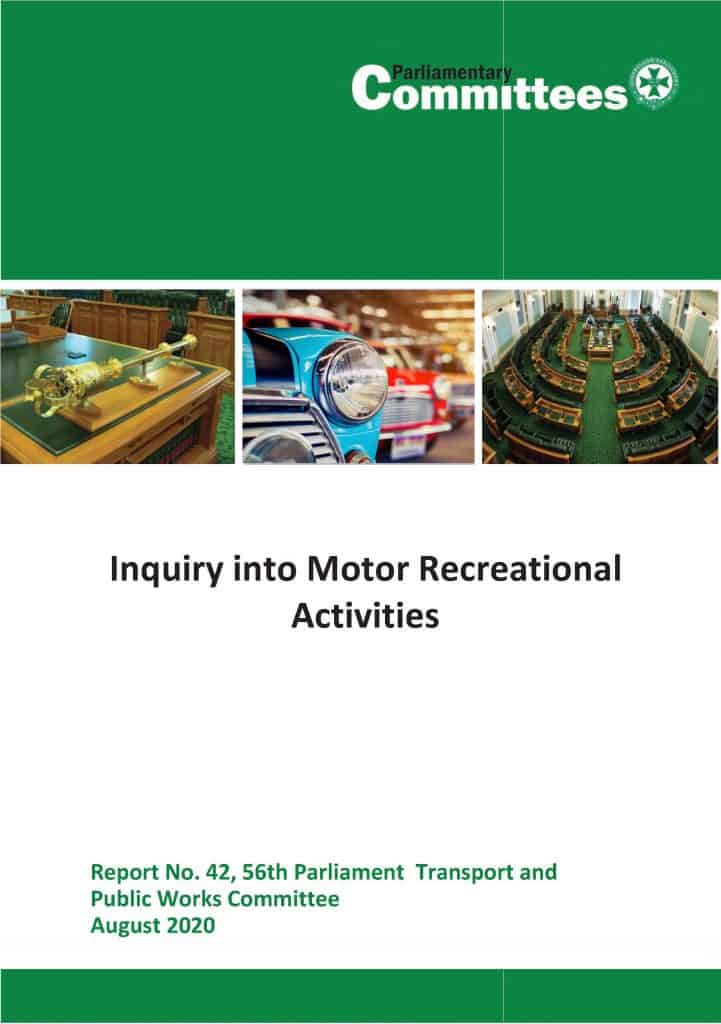
Most of the frustration of the manufacturers of quad bikes is aimed at the Australian Competition and Consumer Commission (ACCC) for imposing new safety requirements. However, another independent assessment of the evidence and the Australian controversy recently released its findings.

